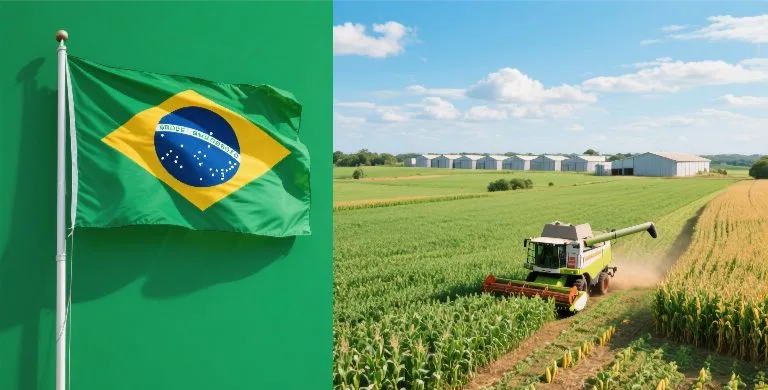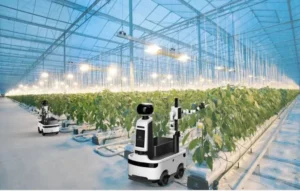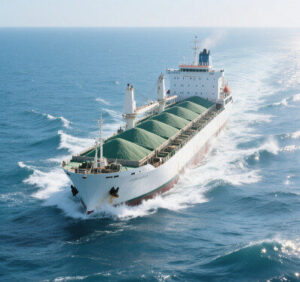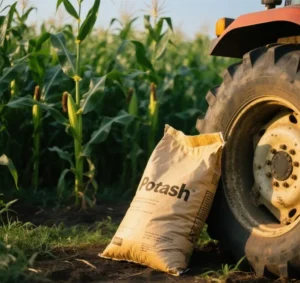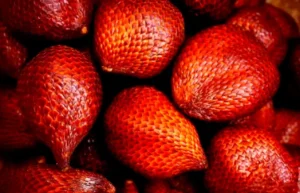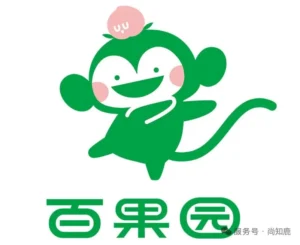The sharp increase in Brazil’s fertilizer imports in July and during the first half of 2025 reflects a complex interplay of geopolitical tensions, shifts in trade policy, and market-driven strategies. Data from the Brazilian Ministry of Development, Industry, and Foreign Trade (MDIC) reveals that imports reached an unprecedented 4.79 million tons in July, marking a 15.6% increase from June and a 7.1% year-on-year increase. This surge is notable because Brazil usually has lower import volumes in the first half of the year, with demand peaking in the second half. However, this year’s early spike suggests a proactive response to anticipated supply chain risks.
Geopolitical instability and U.S. tariff policies are the primary catalysts. Ongoing tensions between Russia and Western nations, coupled with the Biden administration’s expanded sanctions targeting Russian fertilizer exports, have forced Brazilian importers to hedge against potential supply chain disruptions. According to Datagro, a leading Brazilian consultancy firm, farmers and distributors are accelerating their purchases in order to build up their inventories and avoid shortages during the critical planting season. This preemptive buying behavior is evident in the record-high imports of 11.54 million tons during the first four months of 2025—a 13% year-over-year increase and the highest volume since 2021. This early surge, a period traditionally marked by low demand, highlights the market’s anxiety about potential future supply constraints.
Despite diversification efforts, Brazil remains heavily reliant on key suppliers. Russia, despite facing sanctions, remained Brazil’s primary fertilizer source, accounting for 28.2% of total imports (6.88 million tons) between January and July. China followed closely behind with 5.14 million tons (21.2%). However, market analysts warn that this concentration poses significant vulnerabilities. As U.S. sanctions broaden to include countries that maintain trade ties with Russia, Brazilian importers face uncertainty regarding the stability of the long-term supply. For example, if secondary sanctions target financial transactions or shipping routes, Brazil’s reliance on Russian and Chinese imports could be severely limited, forcing it to seek alternatives quickly.
Port operations highlight the logistical challenges and adaptability of Brazil’s import infrastructure. Paranaguá Port, Brazil’s largest fertilizer entry point, processed an impressive 5.2 million tons in the first half of 2025—a 29.1% year-on-year increase. Santos and Rio Grande ports also recorded notable growth, handling 4.5 million tons (a 2.6% increase) and 3.4 million tons (a 28% increase), respectively. These figures suggest that Brazil’s ports are absorbing unprecedented volumes, raising concerns about capacity limits and potential bottlenecks during peak seasons. Delays in unloading or storage could exacerbate supply risks if demand exceeds port handling efficiency.
Price dynamics further compound market concerns: global fertilizer prices have risen by 12% year-on-year, as tracked by the FAO Fertilizer Price Index. This increase is partly driven by input costs, such as natural gas prices linked to Russia’s energy exports, and trade restrictions. In Brazil, domestic fertilizer prices increased by 8–15% between January and July, depending on the nutrient type. Potassium-based fertilizers showed the sharpest hikes, directly impacting farmers’ profitability, especially in soybean and corn production sectors, which account for over 70% of Brazil’s fertilizer demand.
Looking Ahead: Projections and Risks
Industry forecasts predict 8.8% growth in Brazil’s total fertilizer imports by 2025, reaching an estimated 45–47 million tons. However, this outlook hinges on several volatile factors:
- Sanctions Evolution: Any extension of U.S. tariffs to Brazil’s supply chains could trigger panic buying or abrupt supply shifts.
- Diversification Success: Attempts to increase imports from Morocco, Israel, or Southeast Asia are limited by logistical constraints and volume. For example, Moroccan phosphate exports to Brazil increased by 18% in the first half of 2025, yet they still represent less than 5% of total imports.
- Weather and Crop Cycles: Unfavorable weather in key agricultural regions could alter demand patterns and exacerbate supply imbalances.
In essence, Brazil’s fertilizer market is navigating a high-risk environment where geopolitical shocks, trade policies, and logistical pressures intersect. While the current import surge aims to mitigate short-term risks, long-term resilience requires diplomatic efforts to ease the impact of sanctions, investment in domestic production (e.g., Brazil’s nascent potash projects), and more diverse sourcing partnerships.


